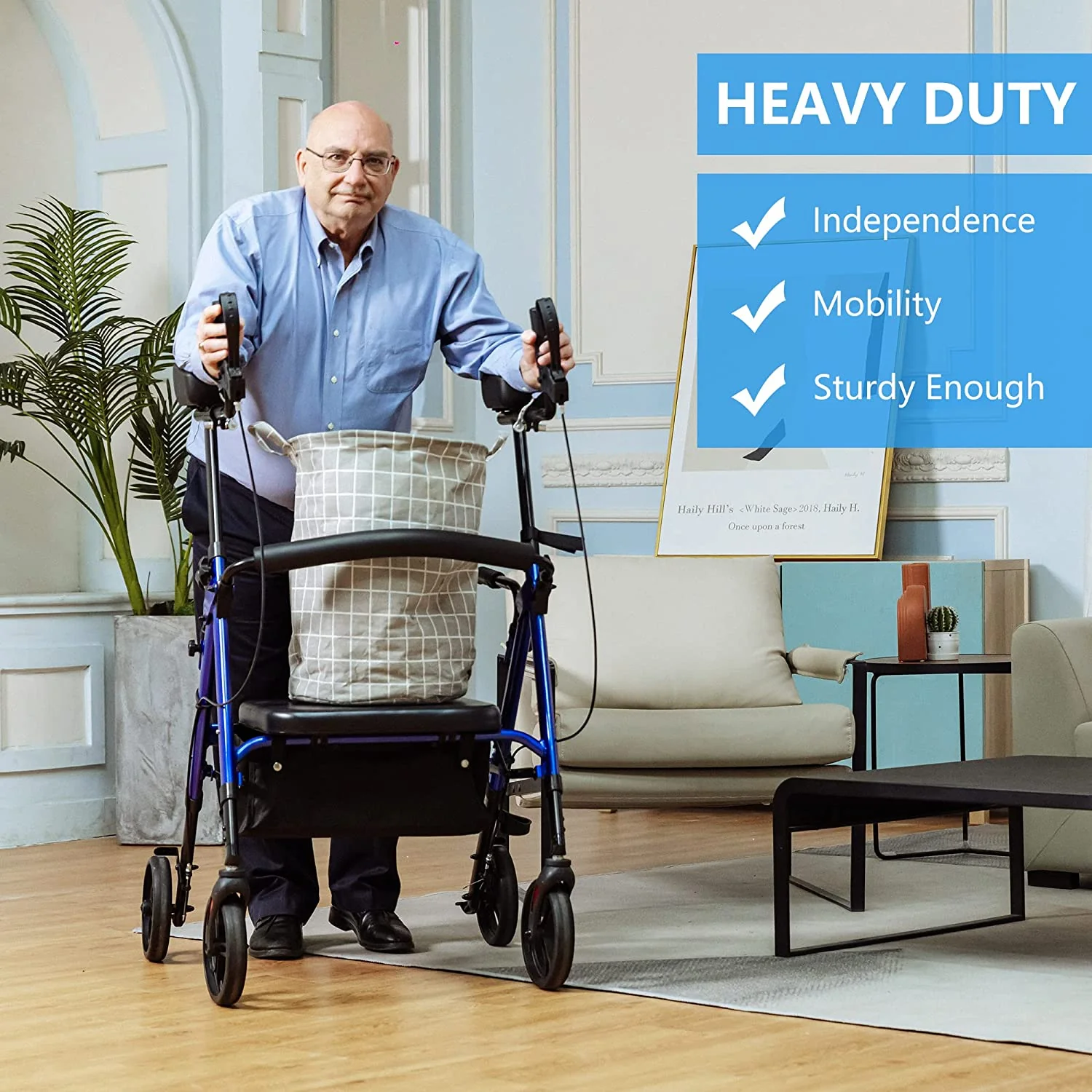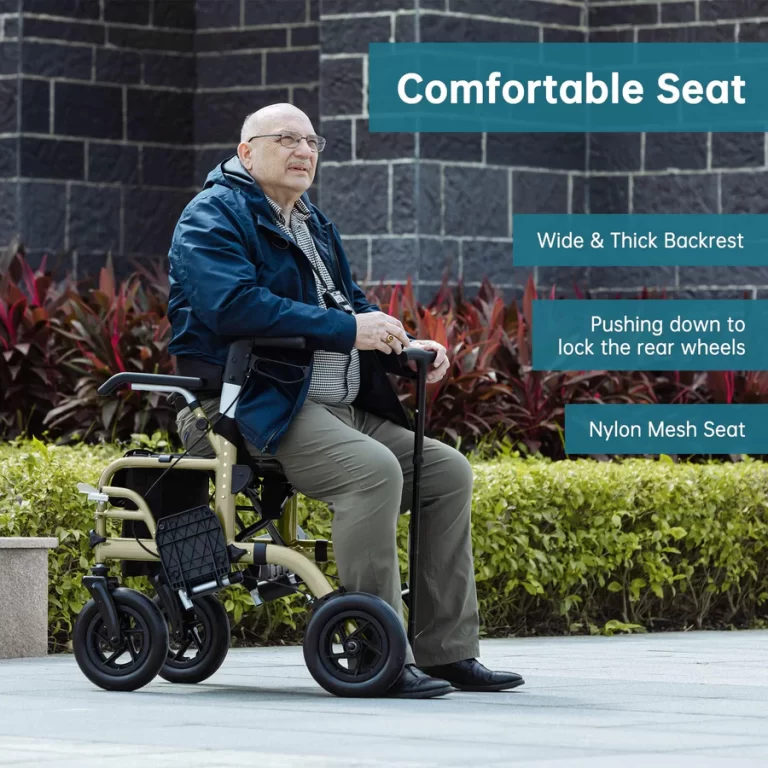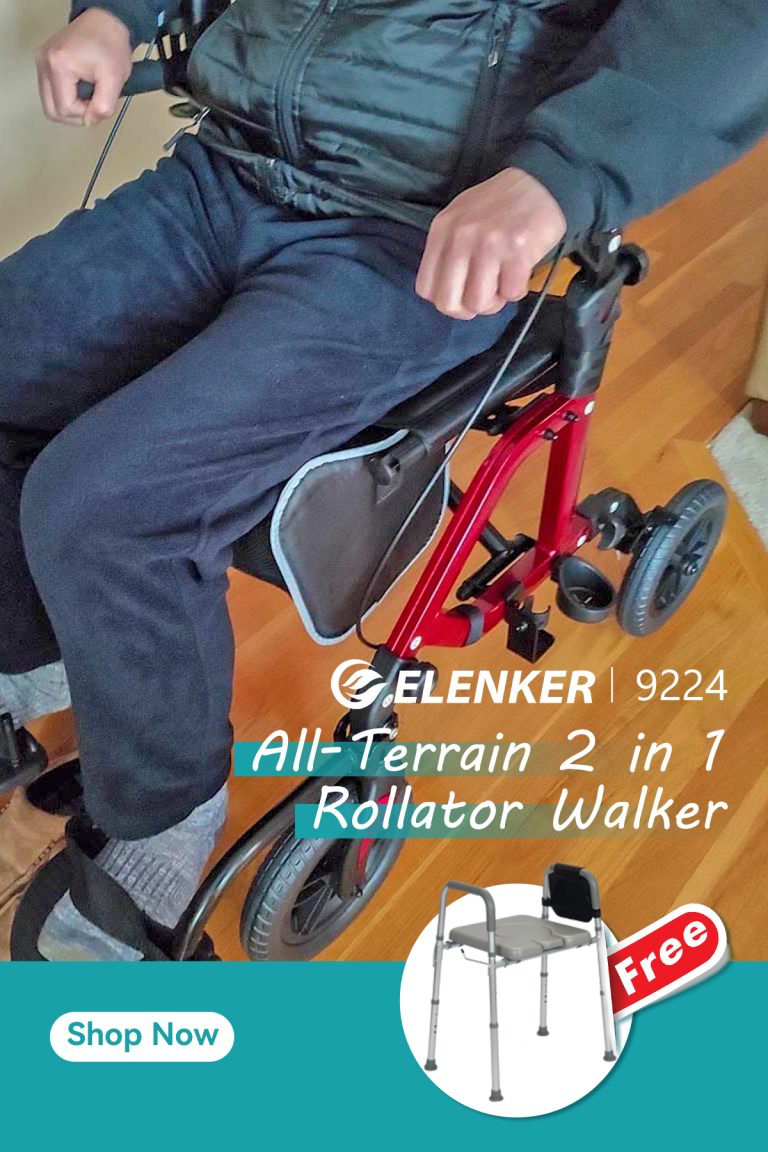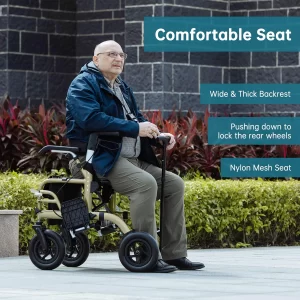If you or someone you care about has had a spinal cord injury, you know it changes just about everything—especially when it comes to getting around. Things that used to be automatic, like standing up or walking a short distance, can suddenly feel like a big deal. That’s where rolling walkers come in. These handy tools aren’t just for “old folks”—they’re serious mobility aids that help people regain some independence, and yep, that includes folks with spinal cord injuries.
What Are Rolling Walkers?
You’ve probably seen them before, even if you didn’t know the name. Rolling walkers—also called rollator walkers, rolled walkers, or even roll aid walkers—are walkers with wheels. Most have four wheels, a sturdy frame, hand brakes, and often a built-in seat. They’re designed for people who can stand and walk a bit, but still need some extra help with balance, support, or fatigue.
There are different versions out there: a lightweight rollator walker for easy transport, a rolling walker for seniors with more padding and comfort features, and even heavy-duty models with storage, backrests, and all sorts of bells and whistles.
How Do They Help with Spinal Cord Injuries?
Glad you asked. Spinal cord injuries can affect movement, balance, muscle control, and even sensation. Depending on where the injury is and how severe it is, someone might be able to walk with support—or they might need a wheelchair full time. For those who still have partial mobility, rolling walkers can make a big difference.
Here’s how they help:
1. Improved Stability
After a spinal cord injury, your balance might be off. Your legs might be weaker, or your reflexes slower. A rolling walker provides a solid base to hold onto while walking. It’s like having training wheels for your body—there when you need them, but not in the way.
2. Weight Distribution
If one side of your body is stronger than the other, a rolling walker helps take the pressure off the weaker side. This can be especially helpful for people with incomplete injuries who have one leg that works better than the other.
3. Built-in Rest Breaks
Ever feel like you’re doing okay, then suddenly your legs are like jelly? That’s where a rollator walker with seat comes in clutch. If you get tired or need to catch your breath, just pull over and sit down for a bit. No need to search for a bench or a chair.
4. Confidence and Independence
Let’s be real—after a spinal injury, confidence can take a hit. A good rolling walker helps you move around without constantly worrying about falling or stumbling. That little bit of support goes a long way for mental health and independence.
Choosing the Right Rolling Walker
Now, not all walkers are built the same, and the last thing you want is one that doesn’t suit your needs. Here’s what to look for:
– Lightweight Frame
If you’re going to be folding it up and tossing it in the car (or asking someone else to), go for a lightweight rollator walker. Easier to lift, easier to deal with.
– Seat and Backrest
A rollator walker with seat is super handy, especially if you fatigue easily. Make sure it’s comfy, sturdy, and has a supportive backrest.
– Adjustable Handles
You want the height to be just right so your arms aren’t doing all the work—or getting tired too fast.
– Smooth Wheels and Brakes
Smooth-rolling wheels make it easier to move, and brakes that actually work keep you safe. Look for ergonomic hand brakes that are easy to grip and control.
Who Shouldn’t Use a Rolling Walker?
Important note: not every person with a spinal cord injury is going to benefit from a rolling walker. Some folks might not have enough upper body strength or balance to use one safely. And in some cases, a wheelchair might be the safer, more efficient choice.
That’s why it’s super important to talk to a physical therapist or doctor before making the switch. They’ll help figure out what kind of mobility aid fits your specific situation.
A Few Real-World Tips
- Try before you buy. If you can, test out different models in a medical supply store or rehab center.
- Add accessories if needed. Cup holders, baskets, bags—they make a big difference when you’re on the move.
- Practice turning and stopping. Take your time learning how to handle it before heading out in public.
Having a spinal cord injury doesn’t mean giving up on mobility altogether. With the right support—like a solid rolling walker—you can stay active, independent, and confident. Whether you go with a rollator walker with seat, a lightweight rollator walker, or a heavy-duty rolled walker, the key is finding one that fits your body, your lifestyle, and your goals.



